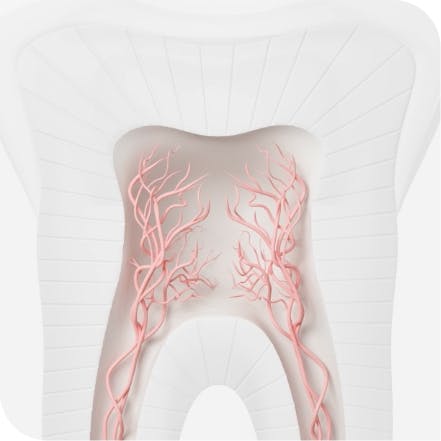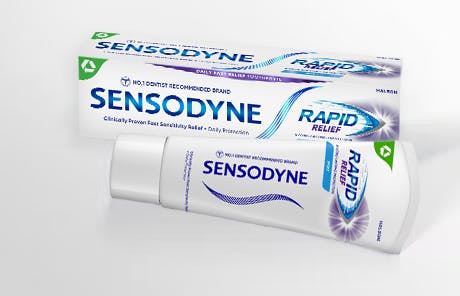How to Ease Pain After Teeth Aligners Treatment
What Are Clear Aligners?
Clear aligners are transparent braces that use incremental aligners to adjust teeth to the preferred position. They have become an increasingly popular cosmetic dental treatment over the past decade or so. They provide a far less intrusive alternative to traditional metal braces. Not only are they barely visible but they’re hugely effective cosmetic dental treatment.1
The treatment involves taking a mould of your teeth. This is then used to create a 3D model using a computer. A dentist provides a treatment plan and the computer creates a retainer for each stage up to the desired outcome. This will help gradually adjust your teeth.1
One of the main reasons for the popularity of this kind of treatment is that it removes the need for traditional wire braces, which can be extremely uncomfortable, and quite noticeable.
There are other advantages over metal braces, such as being easily removable, making it much easier to eat and drink. Alignment of your teeth starts straight away, and gradual progress can be seen as you move through the various stages. This can provide a great deal of confidence during the process.1
Are Aligners Painful?
The truth is that all orthodontic treatments are somewhat uncomfortable as teeth are pressured into the desired positions. Aligners themselves are not painful, however teeth moving position can cause aches, pains, and general discomfort. Teeth aligner pain is often quite mild, and not everyone will feel it. If you do feel pain from your aligners, it could be because you have lower pain tolerance, sensitive gums and teeth or gingivitis.2
Pain or discomfort from aligners can happen:2
- When you first get your aligners
- If your aligner has rough or sharp edges
- As you get used to wearing aligners
- Each time you switch to a new set of aligners
- When you are chewing or eating
- If you have any attachments, buttons, or elastic bands
The most common time that you may experience pain is during the first week of a new aligner. This is because when you start using new aligners, you are not used to them, and they are putting new pressure on your teeth and mouth. Attachments, buttons, and elastics help your aligner put extra pressure on your teeth, which may cause more pain around certain teeth. Another issue you may encounter is if the edges of your aligner are sharp or rough – this can cause irritation and soreness of the gums.2
It’s important to remember that aligner pain is not permanent. However, if you’re really suffering, speak to your dentist as they may be able to make some adjustments and don’t let it put you off getting treatment.2
How to Treat Pain and Sensitivity with Aligners
Wear Your Aligner as Much as Possible
Make sure you wear your teeth aligners throughout the day for the full duration – usually 22 hours a day. Although you might want to take them out when they get uncomfortable or painful, it’s best to keep them in so you can adjust and get used to them.2
Use a Cold Compress or Drink Cold Water
If you are experiencing jaw pain, a cold compress can help soothe the muscles in that area. Furthermore, chewing, or sucking ice cubes or drinking cold water can have a similar soothing effect.2
Orthodontic Wax
Sometimes the edges of your aligners can be a little bit rough or sharp on your gums, especially if your gums are particularly sensitive. This can be resolved with the use of orthodontic wax. Your dentist will apply a small amount of dental wax over the area of your aligner that is giving you problems.2
Use Desensitising Toothpaste
As pain from aligners could be due to sensitive gums and teeth, you may also find relief from a desensitising toothpaste. With twice daily brushing, Sensodyne Rapid Relief is clinically proven to relieve pain from sensitivity and build long-lasting protection with every brush. It quickly creates a barrier over sensitive teeth to provide relief in just 60 seconds.










